Sometimes, you really need a custom shelf. Whether you have a weird-shaped space, weird-shaped stuff, or just want something different, making your own shelving can make your place more like home. The Plus Shelf by [shurly] aims to make building your own shelves a little easier with a 3D printed bracket.
These connectors aren’t just sitting flush against the wood of the shelf. Each end of the + sign actually sits in a 3/8″ drilled recess, giving a more secure fit. The pieces were printed on an Objet and then dyed in various bright shades to really make the shelving pop. The cubbies were assembled with biscuits after cutting down a sheet of plywood to the appropriate sizes. The 45˚ angles around the edges of the cubbies make the whole shelf system that much nicer.
The final shelf has a little wobble, but that’s probably because dying the shelf connectors made them “bendy.” Because of the instability with the friction fit, the shelf connectors were super glued into the shelf boxes. [shurly] hopes that a metal version of the connectors might be able to eliminate these problems in the future.
This shelving system not your cup of tea? Maybe you’d prefer this Vintage Adjustable Shelving Method or this MP3 Player Shelf.


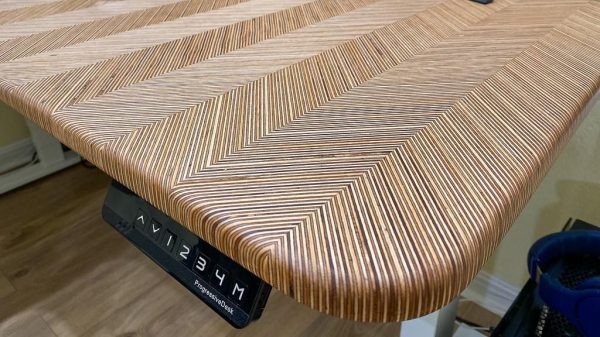

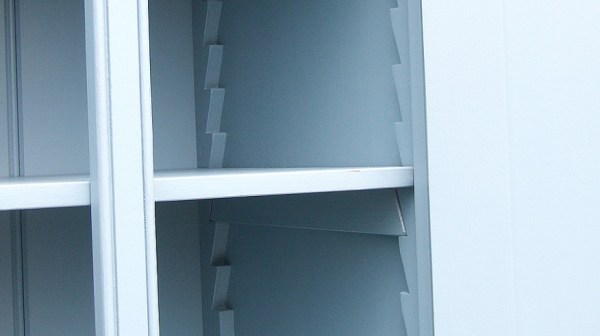
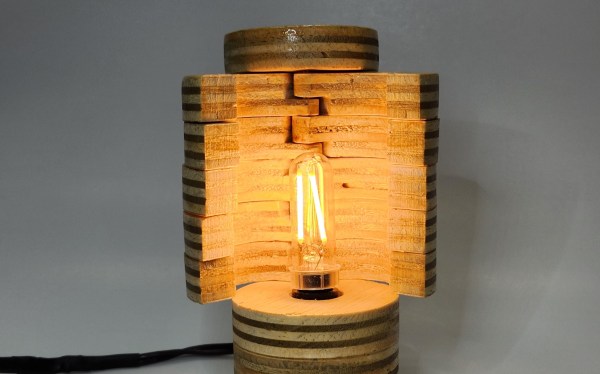
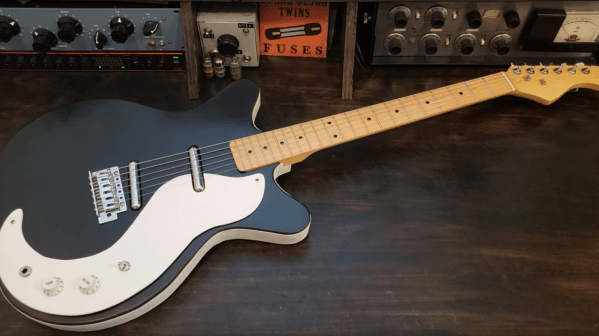
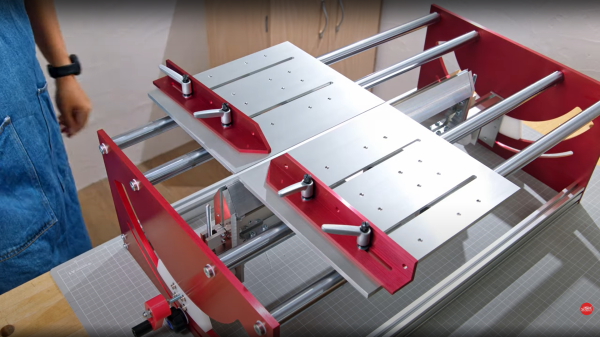
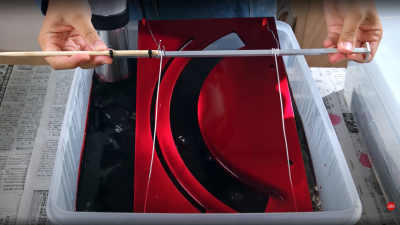 which might be a bit tricky to track down if you were so inclined to reproduce the build. It appears (well if you believe the auto-translation by Google Lens, anyway) to be a spare blade for a commercial guide saw available in Japan at least.
which might be a bit tricky to track down if you were so inclined to reproduce the build. It appears (well if you believe the auto-translation by Google Lens, anyway) to be a spare blade for a commercial guide saw available in Japan at least.










